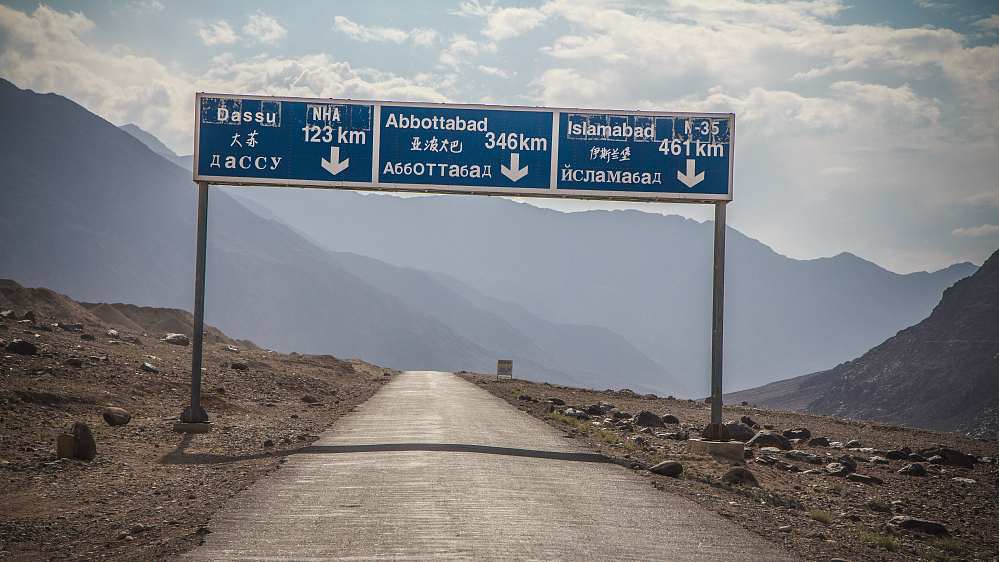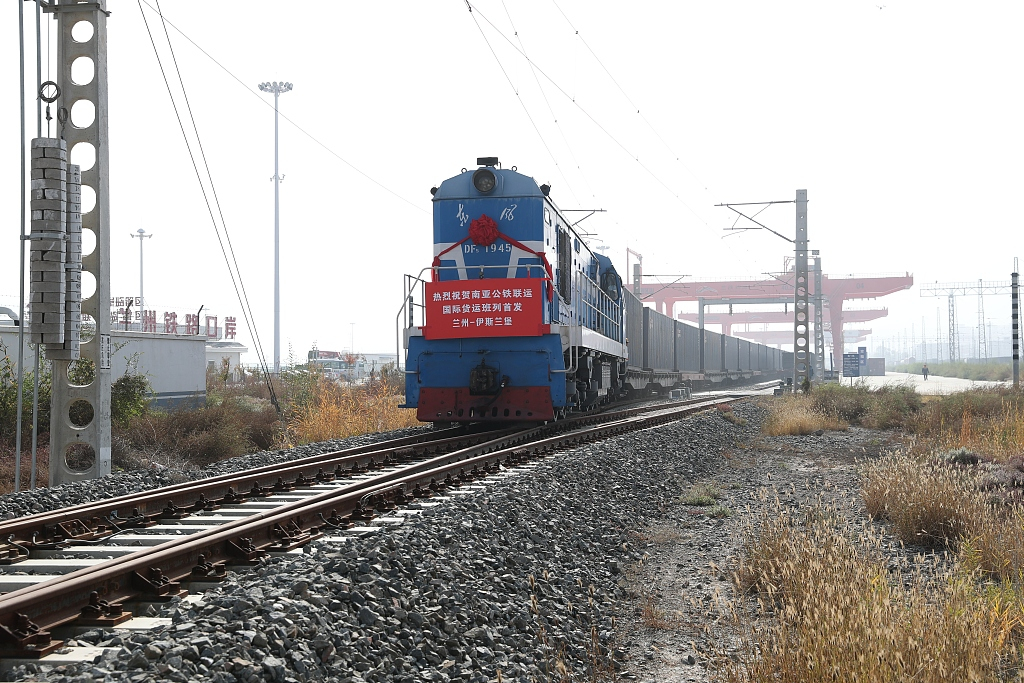
Opinion
21:58, 29-Apr-2019
CPEC presents win-win opportunities for Europe
Adam Garrie

Editor's Note: Adam Garrie is the director of the UK-based global policy and analysis think tank Eurasia Future and co-host of the talk show "The History Boys." The article reflects the author's opinion, and not necessarily the views of CGTN.
One of the flagship infrastructural and connectivity projects that form part of the Belt and Road Initiative is the China-Pakistan Economic Corridor (CPEC). CPEC allows for the effective and efficient transport of goods between western China and the Pakistani port at Gwadar on the Arabian Sea. CPEC will save time and cut costs along one of the world's major east-west trading routes while the economic corridor and related projects continue to inject fresh capital, improve infrastructure and create sustainable jobs across the Pakistani economy.
But CPEC is about far more than China-Pakistan connectivity. China and Pakistan's all-weather friendship forms the foundation of a project that is multilateral in its overall aim. Taken in a wider sense, CPEC forms the central core of what can be described as a major trading crescent which runs from the major economic centers in south-east China on the one side to the Mediterranean Sea on the other.

Gwadar Port in Pakistan, January 18, 2019. /VCG Photo
Gwadar Port in Pakistan, January 18, 2019. /VCG Photo
CPEC is one of the important routes which can expedite and simplify trade between China and the wider Asia-Pacific region to the wider Afro-European region. Because of this, it would be beneficial to link Europe's Belt and Road ports including the substantial port of Piraeus with CPEC in order to form a network of ports that stretch from the Pacific to Gwadar and beyond that into the Mediterranean on both the African and European sides of the Sea.
In order to solidify further cooperation between CPEC and European countries that stand to benefit from an increase in Pacific to Mediterranean trade, it will be beneficial for European companies to invest in CPEC related projects that can help to further enhance win-win opportunities for Europe, Pakistan and China. Already, Saudi Arabia has invested in the construction of a new oil refinery in Gwadar while Pakistan has invited its partner Turkey to become involved in CPEC cooperation on a win-win basis.
It is natural for parties that stand to benefit from increased trade as a result of new trading routes to seek a direct role in broadening the manifold economic possibilities stemming from these trading routes. At a time when Pakistan's government remains committed to its own version of reform and opening up by lifting restrictions and burdensome regulations on foreign investment, European companies can partner with Chinese companies, Pakistani companies, companies from the Arab world and beyond in order to help further internationalize Gwadar and CPEC as a whole.
Since BRI was inaugurated in 2013, trade between the EU and China has consistently expanded in both directions. In 2013, EU exports to China accounted for 148 billion Euros while Chinese imports into Europe accounted for 280 Euros. In 2018, both figures expanded with EU exports to China accounting for 290.9 billion Euros with Chinese imports into Europe accounting for 394.7 billion Euros. As the 17+1 format continues to pursue new means of expanding trade, including in development more BRI ports on the Mediterranean, Gwadar can serve as the primary port linking new and expanded BRI ports in Europe to China.

China launches its first international freight train service between Lanzhou and Islamabad, Pakistan, October 23, 2018. /VCG Photo
China launches its first international freight train service between Lanzhou and Islamabad, Pakistan, October 23, 2018. /VCG Photo
Pakistan can also benefit from CPEC forming a crucial artery in a China-EU trading nexus. Pakistan's government seeks expanded export opportunities as a means of adding new capital to the economy. The second phase of the China-Pakistan free trade agreement that was just signed will be highly beneficial in this respect.
At present, Pakistan has a trade surplus with the EU and remains a vital exporting partner with the EU. As many in Pakistan seek to prepare for a future that will include a free trading relationship with the EU, BRI can help these multiple interests to converge. This will help all sides to prepare for an era where Pakistan trades freely with both China and the EU as well as an era where ever freer trade between the EU and China continues to add revenue on both sides.
This is why it remains helpful to remember that like all BRI projects, CPEC is not merely a bilateral effort but is one that can thrive and expand with optimum participation from a variety of partners that stand to gain from the overall global asset that is CPEC.
(If you want to contribute and have specific expertise, please contact us at opinions@cgtn.com.)

SITEMAP
Copyright © 2018 CGTN. Beijing ICP prepared NO.16065310-3
Copyright © 2018 CGTN. Beijing ICP prepared NO.16065310-3